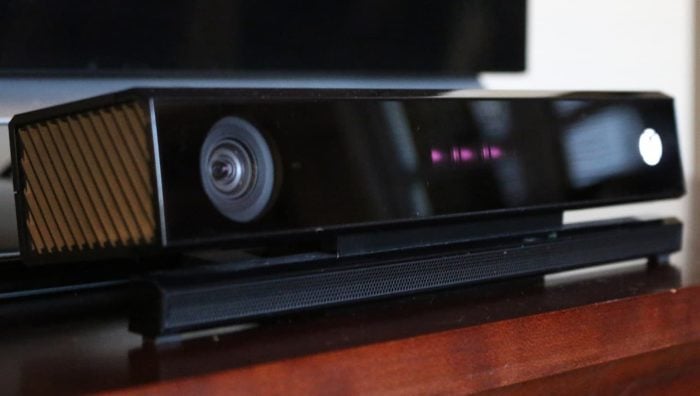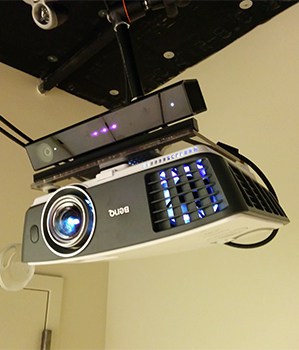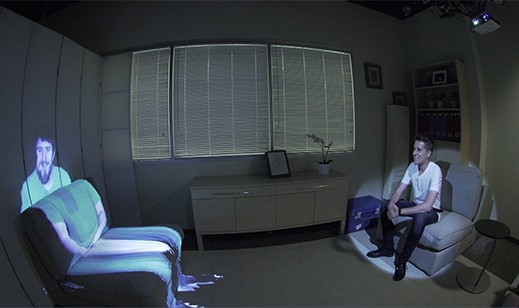This Microsoft Research project uses Kinect to project a life-size person on a chair
2 min. read
Published on
Read our disclosure page to find out how can you help Windows Report sustain the editorial team Read more

Remember Kingsmen? That scene where Gallahad and Arthur sat down, put on their hip glasses, and the other members magically showed up as holograms perfectly seated at the table? Microsoft Research, it seems, is intent on turning scenes like that into reality with their newest augmented reality project, albeit with a difference: you don’t have to wear anything, reports Technology Review.
Called Room2Room, the new project from Microsoft research uses Kinect combined with digital projectors (rather literally, as seen from the image), to project a life-sized image of a person on a piece of furniture from a 3-D image captured in another room. This means that 2 people can see the image of the others sitting across them, doing normal conversation.

The tech works a bit different from Microsoft’s other innovative augmented reality project, HoloLens, in that there is no need for a specialized head gear; the projection is instead visible to everyone, which you can probably guess from the involvement of the digital projector. Unfortunately, this also means that the projected version is less like your floating 3-D objects in Microsoft HoloLens ads, and more like a life-sized, flat PowerPoint presentation of your conversation partner. Maybe it will look better directly from the front.

The low resolution of the projection is also mentioned as a current problem, making it hard to discern the projected person’s line of vision: testing was done to show that collaborated works with this system takes almost twice as long as face-to-face conversation because of this; it still managed to be faster than working through Skype however. The required equipment is also bulky and can be hard to set up.
It’s clear that Microsoft Research, and Microsoft in general, still has a ways to go before these augment reality projects can be widely adopted. Nevertheless, it once again shows the power and versatility of Microsoft’s Kinect technology, and makes another good case for the upcoming HoloLens. With Microsoft the only current player in the augmented reality market (if we’re not counting the ever-elusive Magic Leap,) the company seems to have finally found its “next big thing”, and we can’t wait to see its advancement in the future.








